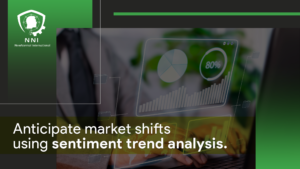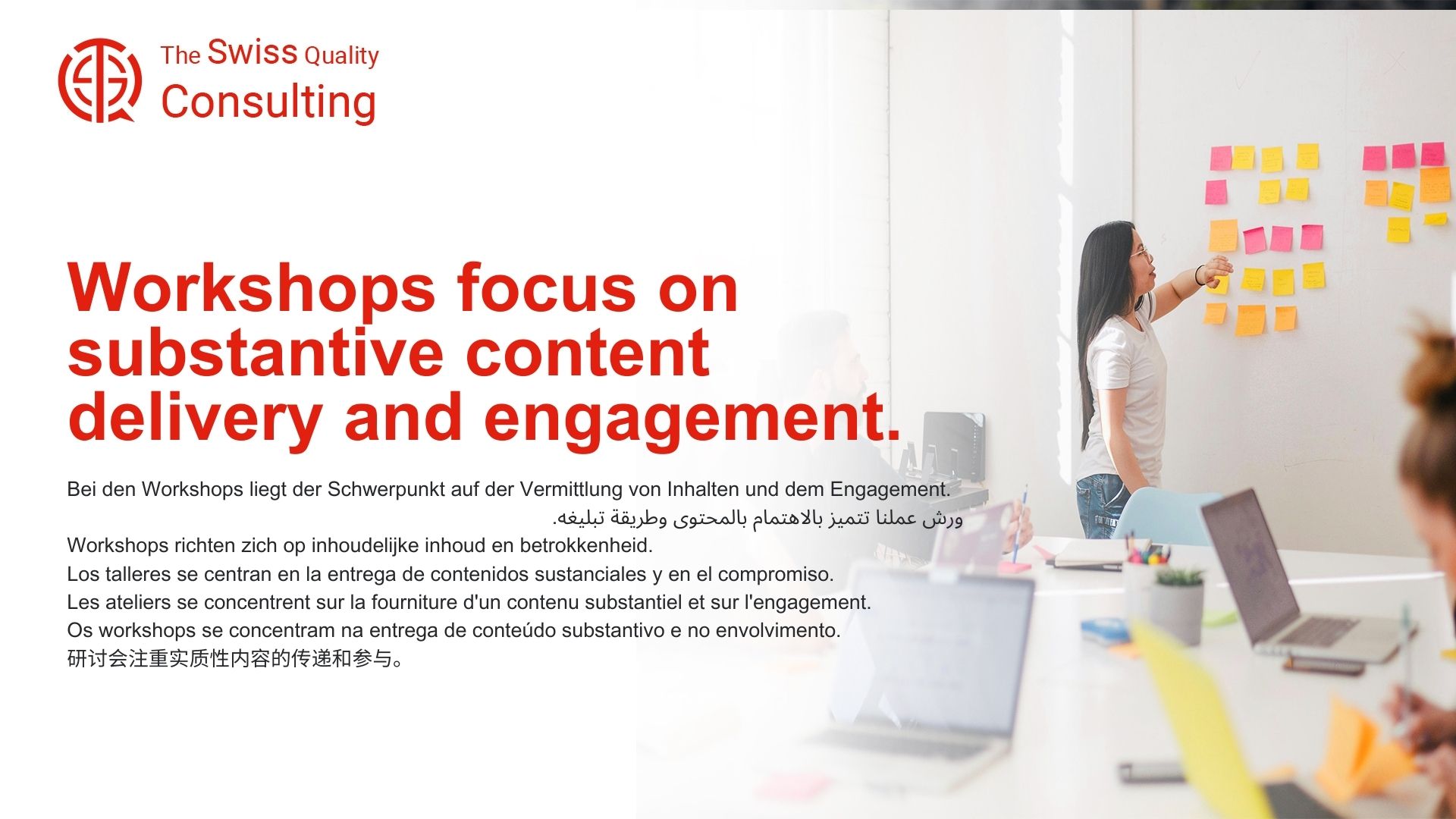Embracing Predictive Intelligence for Business Strategy
In the ever-evolving landscape of global business, Anticipate Market Shifts with Sentiment Trend Analysis has become a cornerstone for companies striving to remain competitive. This article seeks to inform business executives, mid-level managers, and entrepreneurs about the significance and implementation of sentiment trend analysis in forecasting market dynamics.
The Role of Sentiment Trend Analysis in Modern Business
Sentiment trend analysis, propelled by the advancements of Generative Artificial Intelligence (AI), is not merely a tool for gauging public sentiment; it’s a revolutionary force reshaping how businesses navigate the ever-shifting landscape of the market. This powerful technique transcends the analysis of isolated opinions, delving into the vast ocean of data from diverse sources to uncover the hidden currents of public sentiment. By analyzing social media posts, online reviews, news articles, and other digital footprints, sentiment trend analysis unveils the real-time pulse of the market, providing invaluable insights into:
1. Emerging Trends and Shifts in Consumer Behavior: By identifying the patterns and trajectories within sentiment data, businesses can predict emerging trends and anticipate shifts in consumer behavior with unparalleled accuracy. This foresight empowers them to proactively adapt their strategies, develop innovative products and services, and capitalize on new opportunities before they become mainstream.
2. Deeper Understanding of Customer Preferences and Pain Points: Sentiment analysis delves beyond the surface of public opinion, providing a nuanced understanding of customer preferences and pain points. By analyzing the emotional undercurrents and sentiment drivers, businesses can identify specific aspects of their products or services that resonate with their target audience, as well as areas requiring improvement.
3. Proactive Risk Identification and Mitigation: Sentiment analysis acts as an early warning system, enabling businesses to identify potential risks and challenges before they escalate. By monitoring sentiment shifts and analyzing negative feedback, organizations can proactively address customer concerns, mitigate potential crises, and protect their brand reputation.
4. Data-Driven Decision Making and Strategic Planning: Sentiment analysis transforms data into actionable insights, empowering businesses to make informed and data-driven decisions. By incorporating sentiment data into their strategic planning process, organizations can prioritize initiatives based on real-time market trends, optimize resource allocation, and ensure their strategies are effectively aligned with evolving customer needs and preferences.
5. Personalized Marketing and Customer Engagement Strategies: Sentiment analysis allows businesses to personalize their marketing and customer engagement strategies to resonate with individual preferences. By analyzing individual sentiment profiles and identifying specific concerns or desires, businesses can tailor their communication, offerings, and support to each customer, creating a more personalized and engaging experience.
6. Enhanced Brand Reputation and Trust Building: Sentiment analysis empowers businesses to monitor their brand reputation and identify areas for improvement. By actively addressing negative feedback and demonstrating a commitment to customer satisfaction, businesses can build trust and loyalty with their audience, strengthening their brand reputation in the ever-competitive marketplace.
7. Fostering Innovation and Product Development: Sentiment analysis provides valuable insights into customer needs and aspirations, fueling innovation and product development efforts. By analyzing the sentiment surrounding new product ideas and features, businesses can identify opportunities to develop products that truly address the unmet needs and desires of their target audience.
8. Optimizing Resource Allocation and Streamlining Operations: Sentiment analysis enables businesses to identify areas of waste and inefficiency within their operations. By analyzing sentiment data and identifying aspects of their customer service or operations that generate negative feedback, organizations can streamline their processes, optimize resource allocation, and improve overall operational efficiency.
9. Building a Future-Proof Foundation for Business Growth: By embracing sentiment trend analysis, businesses lay the foundation for sustainable growth and long-term success. This strategic approach empowers them to adapt to changing market dynamics, stay ahead of the competition, and build a loyal customer base that contributes to their continued success.
10. Unlocking the Full Potential of Customer Insights: Sentiment trend analysis represents a paradigm shift in how businesses understand and interact with their customers. By harnessing the power of AI, businesses can unlock the full potential of customer insights, transforming data into actionable intelligence that drives informed decision-making, fosters customer-centricity, and propels them towards a future of unparalleled success.
Embrace the transformative power of sentiment trend analysis and embark on a journey of deepened customer understanding, data-driven decision-making, and unwavering agility. By leveraging the insights gleaned from this powerful AI-driven tool, you can unlock a world of possibilities and propel your business towards a future of sustainable growth and enduring success.
Understanding Consumer Preferences
By analyzing online interactions, reviews, and social media conversations, sentiment trend analysis helps businesses understand consumer preferences in real-time. This immediate feedback is essential in tailoring products and services to meet evolving market demands.
Enhancing Decision-Making with AI-Driven Insights
Generative AI, equipped with advanced algorithms, processes vast datasets to reveal patterns that human analysis might overlook. These insights enable business leaders to make informed decisions that align with current market sentiments and forecast future trends.
Strategic Planning and Risk Management
Effective communication and strategic planning are vital in leveraging sentiment trend analysis. It allows businesses to anticipate market changes, manage risks proactively, and adapt their strategies to maintain a competitive edge.
Executive Coaching for Data-Driven Leadership
Executive coaching services play a pivotal role in equipping leaders with the skills needed to interpret and act on AI-generated data. This coaching enhances leadership capabilities in data literacy, critical thinking, and strategic decision-making.
The Future of Business Intelligence
As Generative AI continues to evolve, its role in business intelligence and sentiment trend analysis is set to grow exponentially. Companies that adopt these technologies early on are likely to gain a significant advantage in understanding and responding to market shifts.
Conclusion Anticipate Market Shifts with Sentiment Trend Analysis
In conclusion, anticipating market shifts with sentiment trend analysis is crucial for businesses aiming to thrive in a dynamic global marketplace. By harnessing the power of AI and effective leadership, companies can stay ahead of the curve, making proactive decisions that drive success.
#MarketTrends, #SentimentAnalysis, #AIinBusiness, #StrategicPlanning























